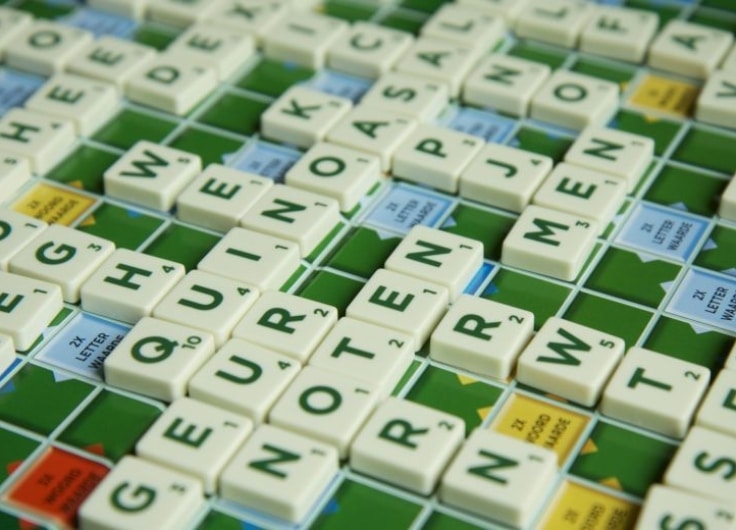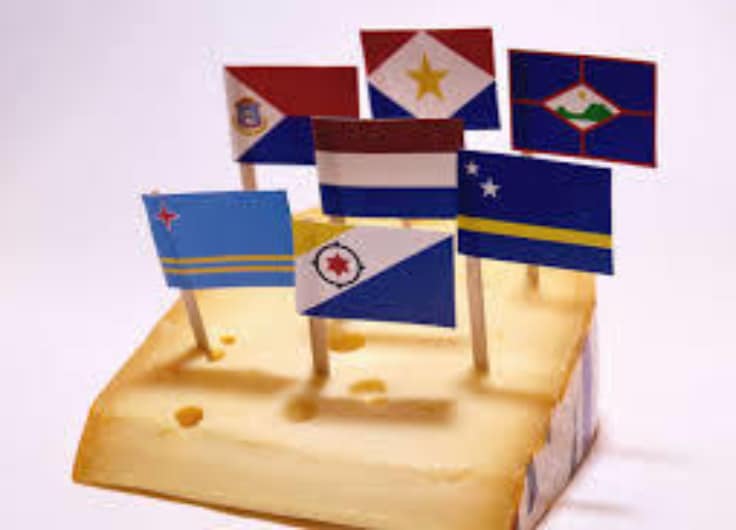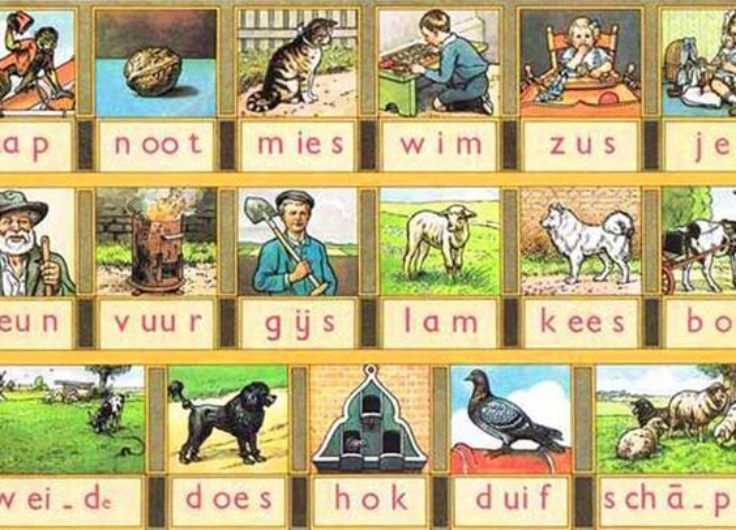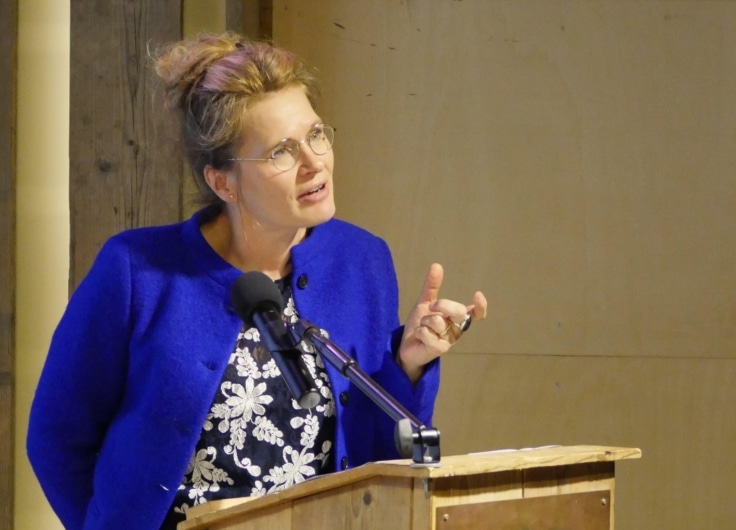Results of the Survey ‘The State of the Dutch Language’ 2021
In social settings, on social media, and at work, the Dutch language is doing well. But the use of Dutch demands continued support in higher education, and the use of dialects and regional languages deserves further attention too.
© Taalunie
These are some of the conclusions that the Taalunie has drawn from their research into the State of the Dutch Language in 2020. This research is commissioned by the Taalunie and carried out biannually by the Meertens Institute in the Netherlands, by Ghent University in Belgium, and by the Institute for the Education of Teachers and Anton de Kom University in Suriname.
It hones in on which languages and varieties of languages are used by Dutch speakers, by whom and when. This has produced some striking results:
In the Netherlands, Flanders, and Suriname, non-native speakers use Dutch with their children more often than they do with other family members, and even more often outside the house than at home.
At work in the Netherlands and Flanders, Dutch is always used more often in internal communication than in external communication, but in Suriname it is used just a bit more in external than internal communication.
In higher education in the Netherlands, English is used the most – either alongside or instead of Dutch, although the use of Dutch seems to be stagnating to a degree. Meanwhile, in Flanders, the use of Dutch is on the rise.
© Taalunie
In social settings, dialects and regional languages are used more often in Flanders than in the Netherlands, but on social media and in professional settings they are used less often.
In the Netherlands and Flanders, dialects and regional languages are used even more on Facebook than on Twitter, while people more often opt always to use English on Twitter than they do on Facebook.
© Taalunie
With the State of the Dutch Language, the Taalunie puts the use of Dutch and other languages under the microscope every two years. Which languages do residents of the Netherlands, Flanders, Brussels, and Suriname use in which social situations? With this research, the Taalunie keeps a finger on the pulse of developments in the use of Dutch in important social domains. Based on the findings, the Taalunie can thus develop new policies where it may be deemed necessary and useful to furthering the support for the Dutch language in every domain.









